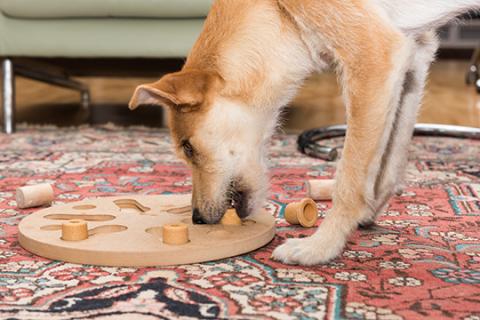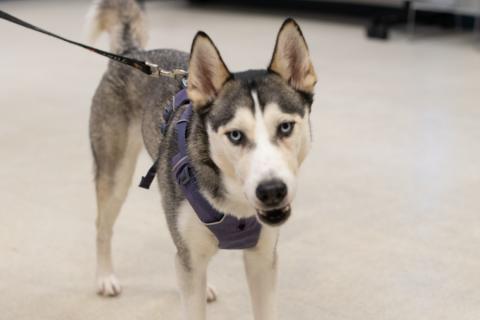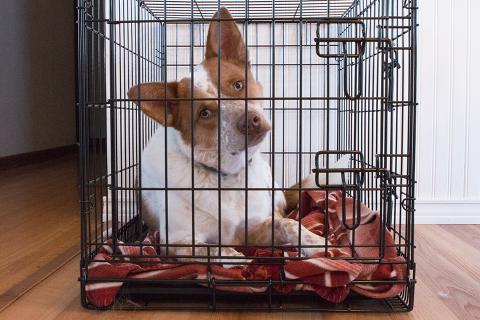
Dog-parent guilt is a real thing, no matter how much time you spend with your pooch. We’re the center of their universe — which is part of the reason we love them so much! Even if we want to, we can’t take them everywhere we go.
So how long should your dog be left alone? Answer: it depends.
It’s not a yes or no question. How long your dog can stay home alone completely depends on your dog, their age, and their physical and emotional needs.

Before leaving your dog alone for more than a few hours at a time, consider the following.
Your dog’s bladder control
How often your dog needs a break outside depends on their bladder control. Like humans, age, hydration, and physical build affects how often your dog needs to relieve itself. Young puppies and elderly dogs likely need more frequent breaks outside.
Your dog’s physical needs and what they’re used to determines how long they can stay home alone. Set a routine for your furry best friend that works for you both. Try letting your dog out last thing before you leave for the day and first thing when you get home.
Your dog’s emotional needs
Is your dog active or are they a couch potato? Can they play fetch for hours on end or do they prefer cuddling on your lap? Do they need social interactions or do they prefer to spend time on their own?
How long your dog can stay home alone also depends on what daily exercise and interaction they need from you. Maybe they like the long hours to curl up on your bed while you’re out of the house. Or maybe they need daily two-mile walks and safe toys to mouth.
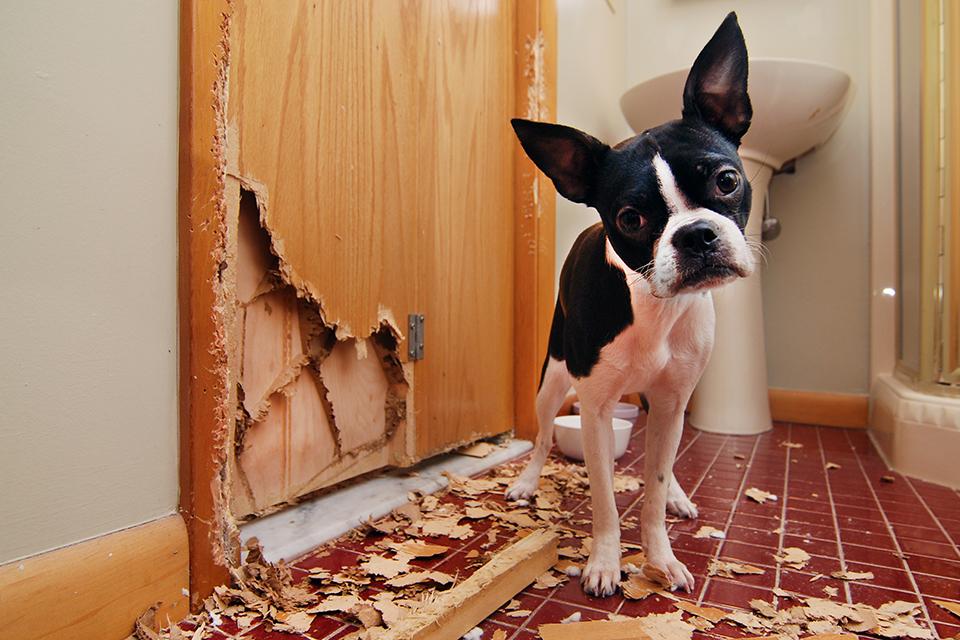
Changes in behavior
If you notice a behavior change in your pet due to being alone too long, it could be a sign to take some action. Examples of behavior changes include increased lethargy, depression or disinterest in once-beloved activities, and destructive tendencies. With any behavior changes, see your veterinarian to rule out medical issues.
Destructive behavior is also a symptom of separation anxiety. Dogs are social and typically prefer to be with others. Some may always struggle with being alone. When a dog doesn’t know how to self-soothe or cope, they may turn to chewing or clawing stuff around the house, or barking or howling. Learn more about treating canine separation anxiety.
Ways to improve their alone time
Managing how your dog spends its time alone can help your pup feel more satisfied or fulfilled while you’re away. It also provides you some peace of mind.
Some options include:
- Hire a dog walker, even a day or two per week
- Doggy day care (one time a week can make a difference)
- Provide mentally stimulating toys such as treat puzzles
- Leave on the TV or radio
- Get another pet (only works if they get along)
- Crate train them. Kenneled dogs can stay alone longer, especially if they’re properly crate trained.
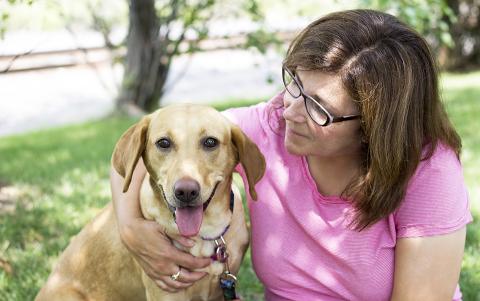
Finally, remember that when you bring home a new dog, you’re committing to a long-term relationship. Be sure you have time to dedicate to your new family member. Working full-time or having a busy life and owning a pet is doable, you may just have to get creative to ensure sure their needs are being met.
Before bringing a new pet into your home, it's really important to find an animal that fits your lifestyle. Check out these five things to consider before searching for a new pet.
Dogs bring an incredible amount of joy to our lives. With all the attention they give us, we owe them ours in return.
Looking for more information about dog behavior?
Check out our Pet Behavior Library. It contains tried-and-true methods for managing many common pet behavior problems as well as tools for evaluating situations that may require additional resources.
AHS also offers a variety of obedience and specialty dog and puppy training classes of all skill levels for you to take advantage of. Our expert trainers will teach you and your pup practical skills through positive reinforcement techniques.
